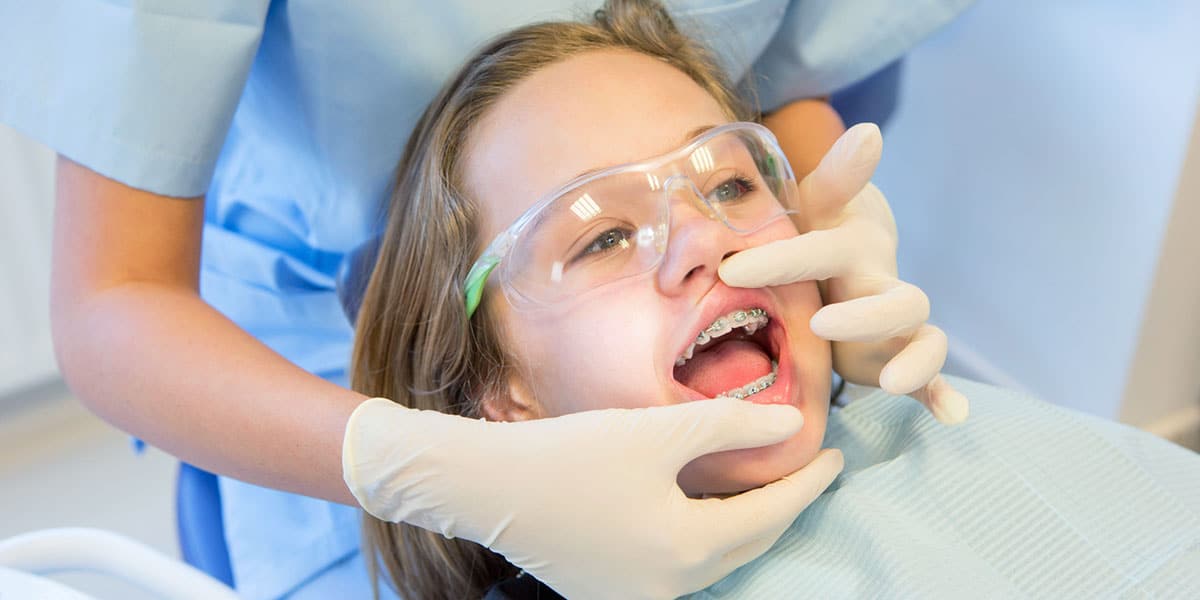Pediatric Oral Surgery
Cleft Lip / Palate

Cleft lip is an opening or split in the upper lip, and cleft palate refers to an opening or split in the roof of the mouth (palate). Cleft lip and cleft palate result when these developing facial structures in an unborn baby do not close completely.
A series of surgeries can restore normal function and achieve a more normal appearance with minimal scarring.
A cleft lip is usually repaired between the ages of 3 to 6 months. Some children require a lip adhesion or a device such as a molding plate to bring the parts closer together before the full lip repair. A child with a repaired cleft lip will have a scar on the lip under the nose.
A cleft palate is usually repaired between 9 and 12 months of age. To repair the palate, the soft palate muscles from each side are connected to each other and the normal barrier between the mouth and nose is created.
Additional surgeries are needed to improve the appearance of the lip and nose, close the opening between the mouth and nose, help with breathing, and stabilize and realign the jaw. Once the patient's permanent teeth grow in, braces are often needed to straighten the teeth.
Dental Extractions

A tooth that can not be saved with restorative materials may need to be removed. Before removing the tooth, the area will be numbed with local anesthesia. The tooth is then loosened using a special dental instrument known as an elevator. After the tooth is loosened from the socket, it is removed.
Impacted Tooth & Tooth Exposure

An impacted tooth is a tooth that fails to fully pass through the gums. Impacted wisdom and cuspid (or canine) teeth are fairly common. To correct impacted teeth, there are a few treatment options. For impacted wisdom teeth, the most common procedure is extraction. For impacted canine teeth, several treatment modalities are available. Orthodontics (braces) can be used to open space for proper eruption. Primary (baby) teeth can either be extracted or surgically exposed to allow for the placement of an orthodontic bracket to help align the teeth.
Labial or Lingual Frenectomies

A frenectomy is a simple surgical procedure performed to release the connection of the frenum, a connective muscle between two tissues. There are two types of oral frenectomies that are frequently performed on both adults and children for a variety of reasons.
A Labial Frenectomy is performed on the tissue that connects the lip to the gums. This may be performed on children or adults to aid with orthodontic treatment or even help with the proper fitting for a denture or appliance.
A Lingual Frenectomy may also be referred to as the release of tongue-ties (ankyloglossia). This procedure is performed on the connective tissue under the tongue. The procedure is often performed on neonatal patients to assist with nursing or on toddlers or older patients who need the surgery to help correct speech issues caused by limited movement due the the frenum.
